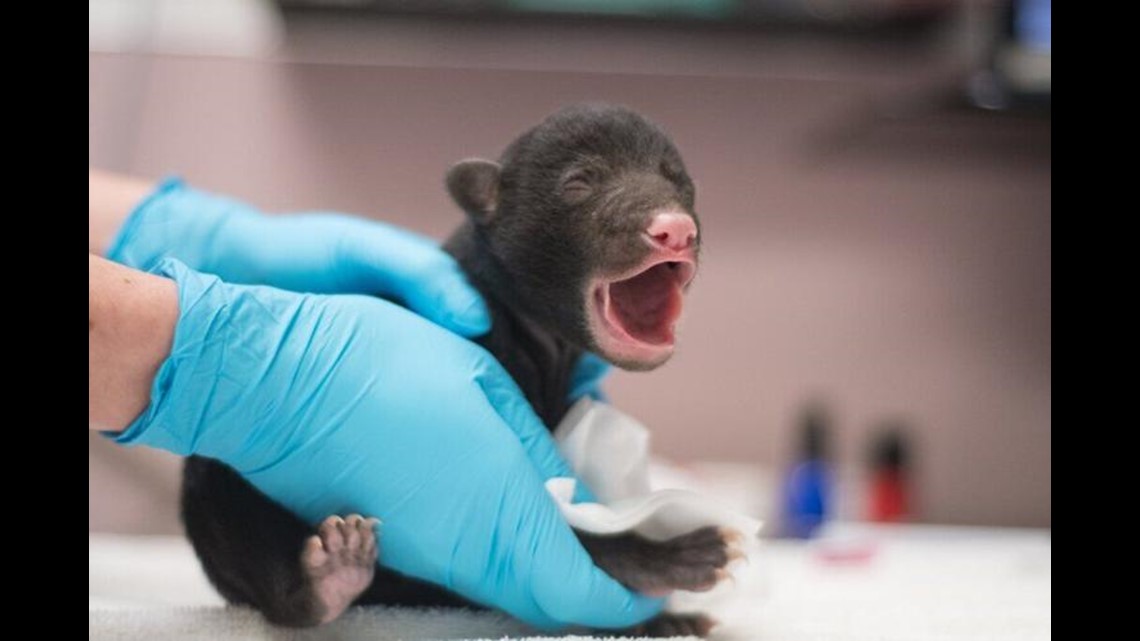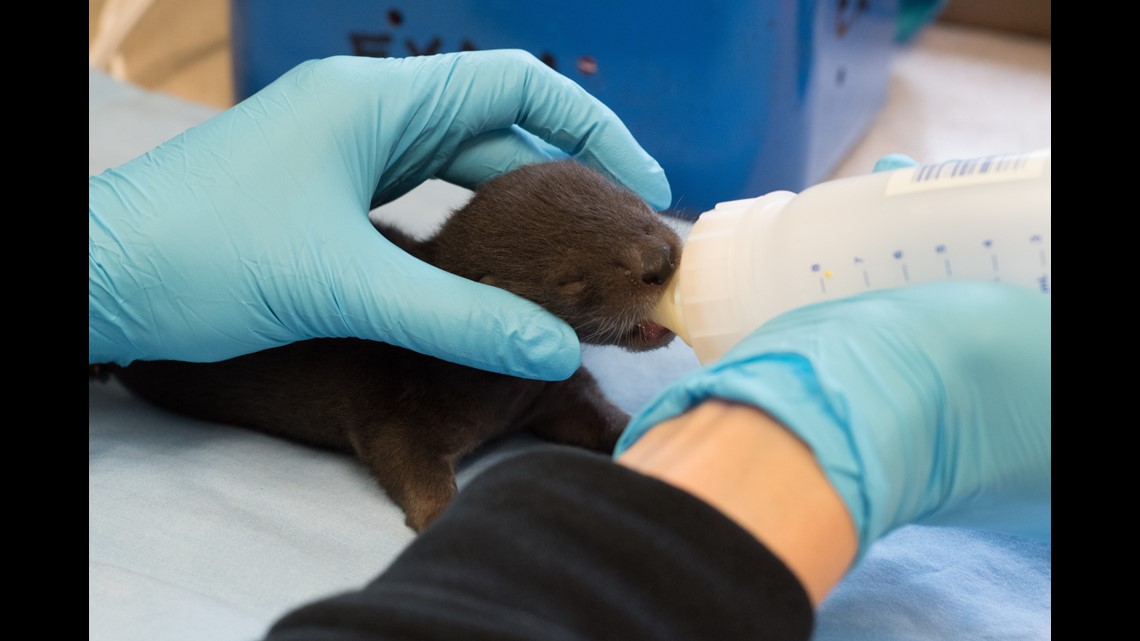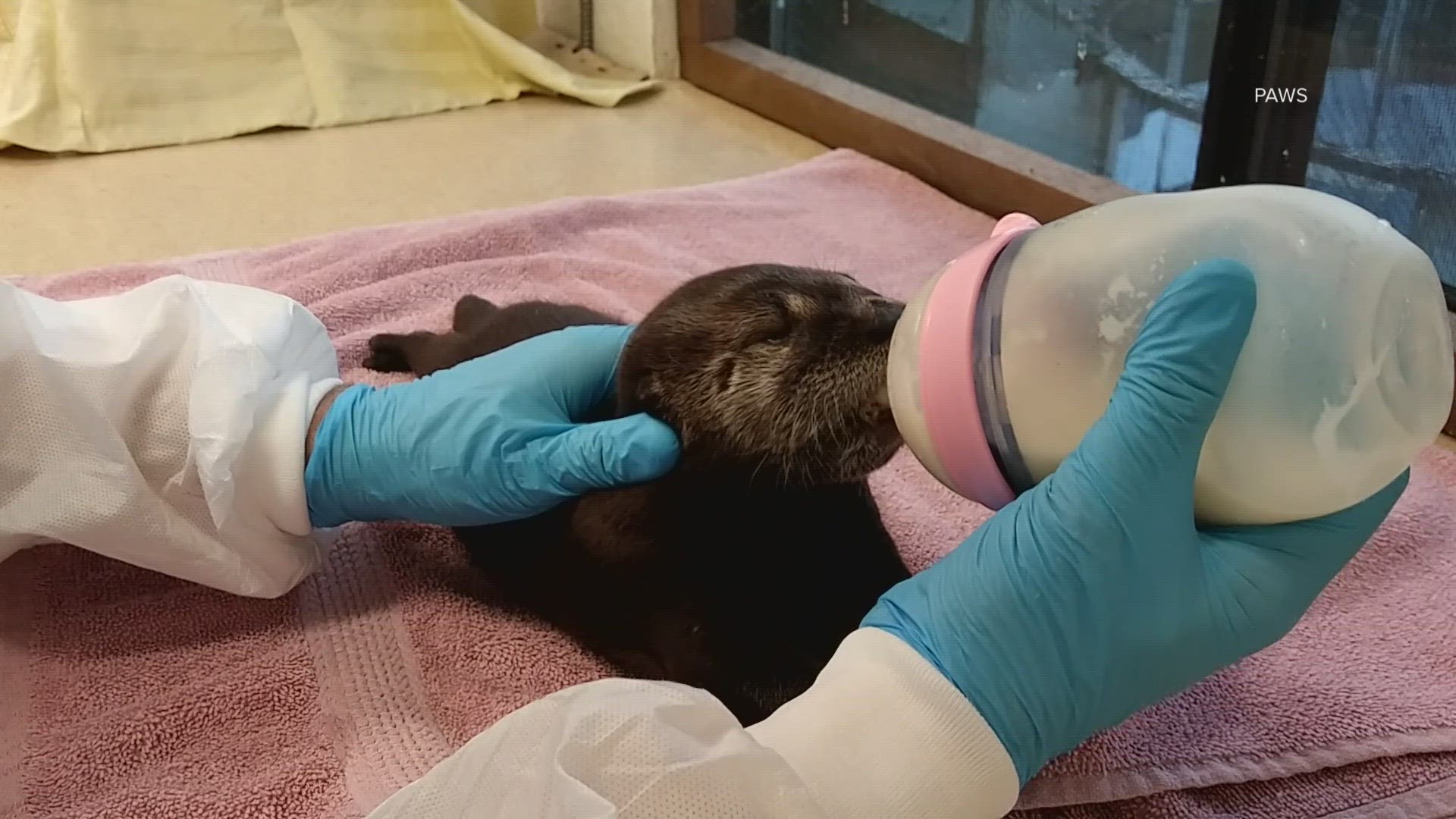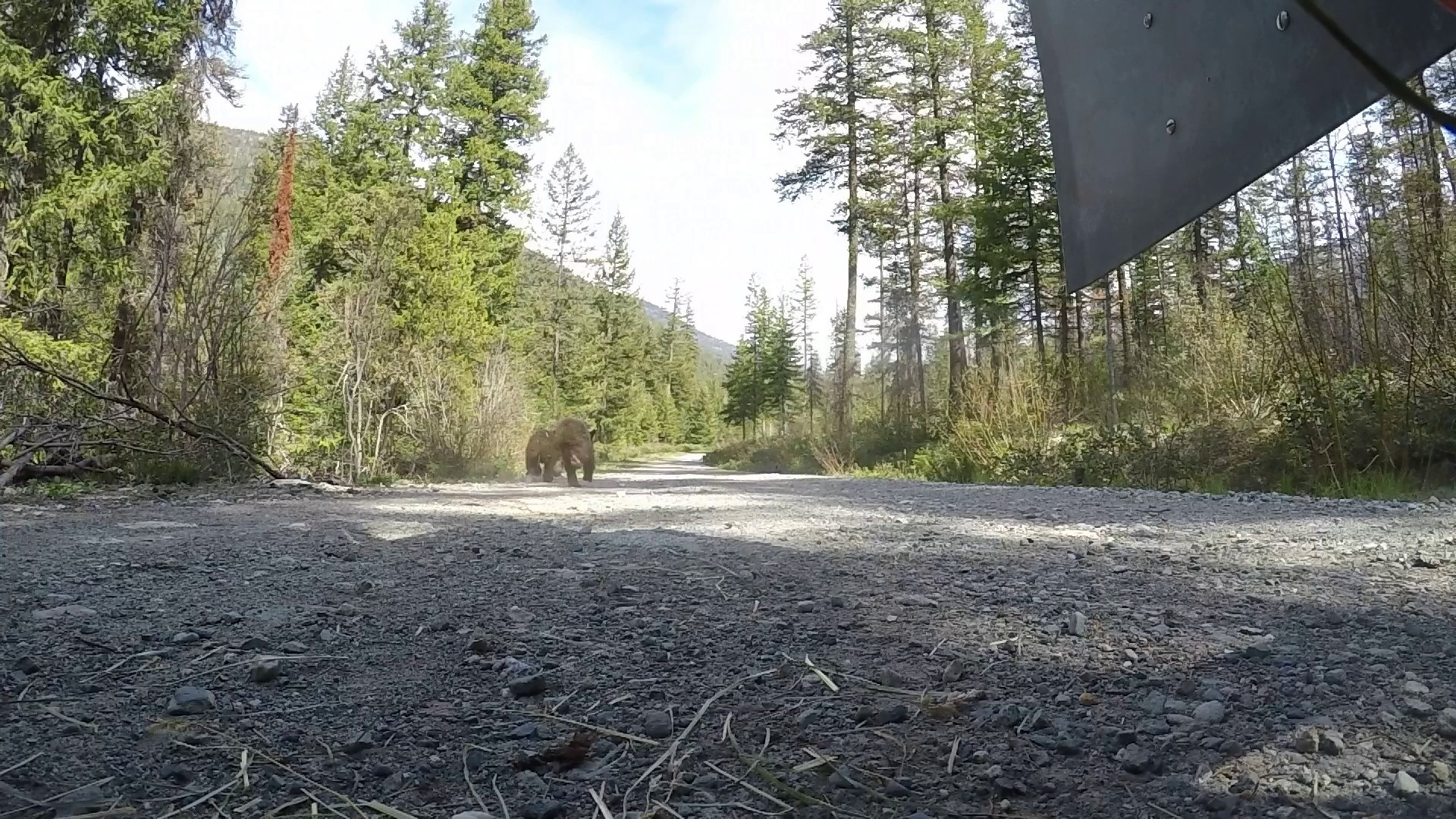SNOHOMISH, Wash. — After 15 collective years of fundraising, planning, groundbreaking, and construction - the new PAWS Wildlife Rehabilitation Center is ready to open in Snohomish and take in animals.
The vision started back in 2009 when the PAWS team realized its now former wildlife efforts in Lynnwood were not sufficient to keep up with the demand.
"We have seen over 75% increase in the number of calls that have come into our wildlife center," said Heidi Wills, PAWS CEO. "People who have seen injured or abandoned wild animals and wondering what to do in those situations. We know there is a greater demand for our services."
The Lynnwood facility will remain open and continue the mission of rescuing and adopting out dogs and cats.
PAWS helps more than 4,000 dogs and cats find homes each year. At the same time - it also helps up to 5,000 wild animals in rehabilitation and release back to their natural habitats. It helps 160 different species every year.
All wildlife services will now be housed on the 25-acre rehab center campus in Snohomish. It's off State Route 9 - set back from the roadway.
"Just far away from the urban areas that people still drive here but it's secluded enough that it's beneficial for the animals," Wills said. "Away from human sights and sounds, which is better for their recovery."
PAWS will host a ribbon cutting on April 20 to celebrate the new location. Wildlife currently undergoing care in Lynnwood will move to Snohomish the following week.
Keeping animals in spaces as close to their wildlife habitats is crucial to recovery and rehabilitation.
"We are not a sanctuary," Wills said. "Animals come to PAWS in order to be rehabilitated and be put back into the wild where they belong. They don't see humans while they are here. We do make our best effort to ensure that they are not acclimated to human sights and sounds because their best defense in the wild - is a healthy fear of humans.
One example of limiting human contact is when growing bear cubs require bottle feeding - staff member will wear a bear suit to mimic a mother and cub experience.


More room, more care
The move means more room for animals to recover.
"In our current facility in Lynnwood, we can help up to 100 waterfowl at a time, or six baby bears at a time," Wills said. "In the new center - will be able to help twice as many waterfowl (up to 200) and will also be able to help 30 baby black bears at a time."
Currently - the surgery room is 85 square feet. Wills compared it to a closet in which a medical team is trying to work on large animals like black bears. The new surgery room is 450 square feet and it has two operating tables.
The new campus also has an X-ray room and the only oil bird washroom in Washington state. If an animal is injured due to an oil spill it would be transported to the PAWS Wildlife Rehabilitation Center in Snohomish.
The new location has several enclosures that limit human contact which is key to recovery and release.
Enclosures include a space for medium sized raptors, rehabilitation center, an aquatics center for seals, otters, beavers, and waterfowl, and also spaces for carnivores such as bobcats and black bears.
The aquatics center has three inground pools and five above ground pools. There is also a shallow water pool for baby otters and other animals that require a water habitat to survive.
Bears will have access to outdoor pastures that are a third of an acre. Each one has large rocks and tree stumps for climbing.
Other enclosures will house small mammals and various types of birds and raccoons. Raccoons will recover in circular outdoor spaces so they're never backed into a corner and can recover safely, Raccoons will act in self-defense, if cornered.
The PAWS team is especially excited about its flight pen that has a flight track inside.
"The birds will be able to fly 360 degrees," Wills said. "Right now - in Lynnwood or at the other raptor rehabilitation enclosures - they're able to just fly back-and-forth. So, they'll recover more quickly this way and we can ascertain more quickly if they're ready to be released."
Overall, the new space will keep staff from making difficult decisions to humanely euthanize due to a lack of space. The mission is to rescue, rehabilitate and release.
"We don't want to be in a position to triage because we don't have enough room or capacity for animals," Wills said. "This allows us to actually meet the current demands for our facility."


Lend a helping hand to PAWS
"We're always looking for volunteers," Wills said. "If people want to feed baby birds or help prepare diets for the wild animals."
Prospective volunteers need to fill out an application, pay a $25 registration fee, and undergo a background check to work at the PAWS Wildlife Rehabilitation Center. To learn more about those details, click here.
Wills said PAWS may have reached its goal to fundraise for the new center, but it is always in need of donations to continue life-saving efforts.
Do you see a wild animal in need?
If you need the PAWS online self-service - click here or call ahead at 425-412-4040.
In some cases, people will be instructed to contact the state's Fish and Wildlife Department. If a larger animal is involved such as a bear, bobcat, or seal, a state official or PAWS team would be lead transport for the injured or abandoned animal.
PAWS also reminds people that it is possible a younger animal is on its own because its mother may be out hunting or foraging for food. It's important to talk to a wildlife official with PAWS or the state to determine the best next step.
In the event of an injured animal, you should call the WDFW Enforcement office at 360-902-2936 or email enforcement-web@dfw.wa.gov, or call 911.
More resources can be found here on the WDFW website.


